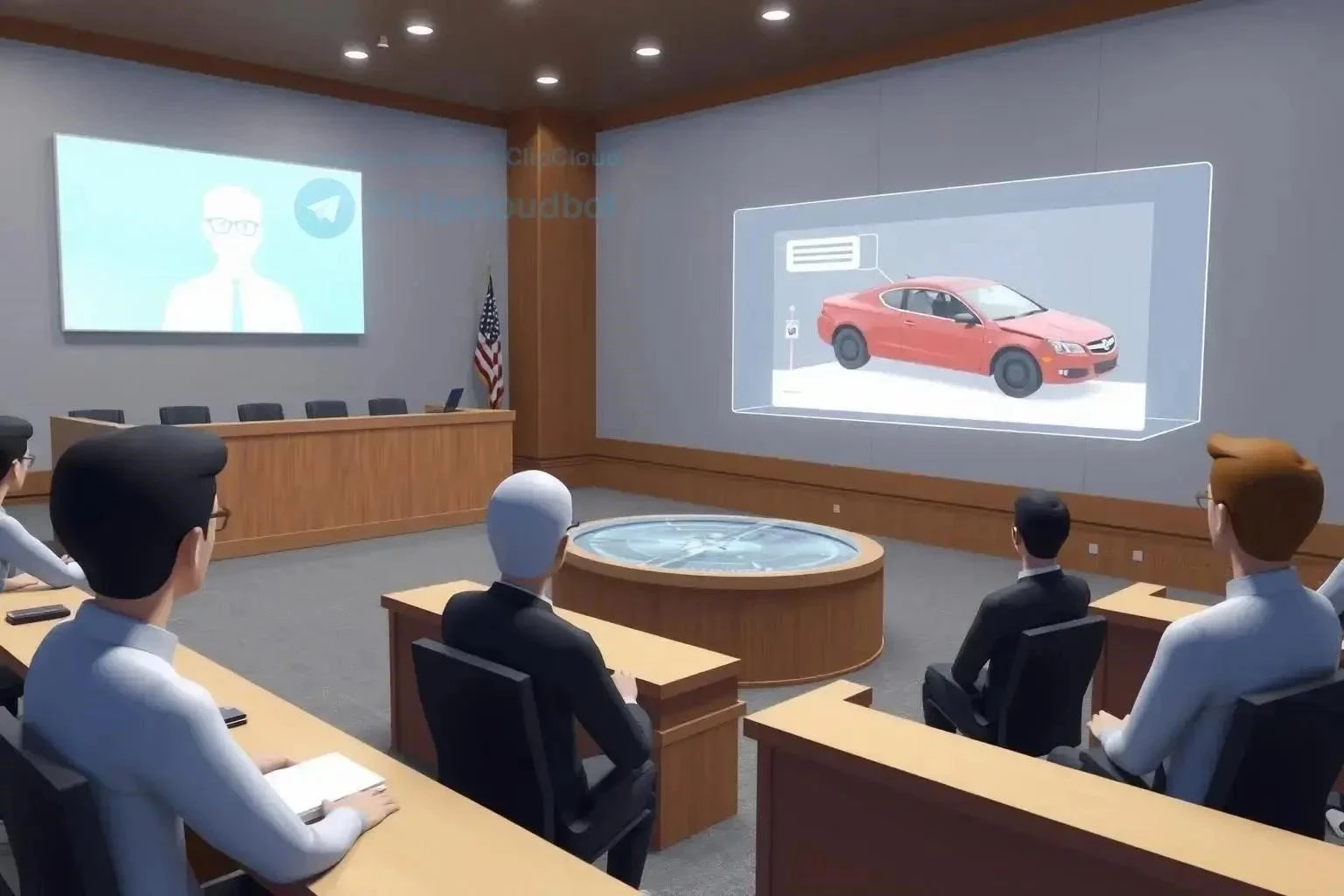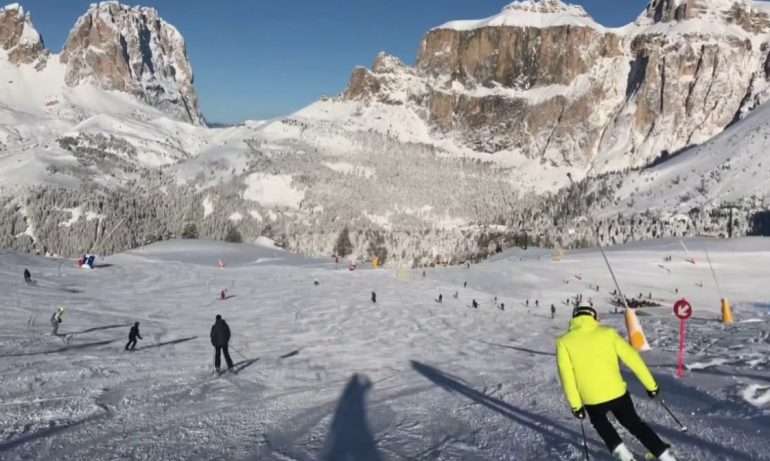The courtroom is a stage where truth and justice seek to prevail. In this arena, evidence is presented, arguments are made, and decisions are reached that can profoundly impact lives. Legal animation has emerged as a powerful tool, transforming complex information into easily digestible visuals. This technology is changing the way juries and judges understand intricate details, reconstruct events, and ultimately, arrive at informed verdicts. This article will delve into the role and impact of legal animation in the courtroom, highlighting its benefits, applications, and potential limitations.
Understanding Legal Animation: A Visual Aid for Clarity
Legal animation, also known as forensic animation or demonstrative evidence animation, is the process of creating animated visuals to illustrate events, processes, or concepts relevant to a legal case. These animations can range from simple diagrams to complex 3D reconstructions of accidents, crime scenes, or medical procedures. The primary goal is to present information in a clear, concise, and engaging manner, making it easier for judges and jurors to understand complex technical or scientific evidence.
- Clarity and Comprehension: Animations simplify complex information.
- Engagement: Visuals capture attention and improve retention.
- Persuasion: A well-crafted animation can strengthen an argument.
The Power of Visualization: Applications of Legal Animation
Legal animation finds application in a wide range of legal cases, including:
- Accident Reconstruction: Recreating traffic collisions, industrial accidents, and other incidents to determine fault and liability.
- Crime Scene Reconstruction: Visualizing crime scenes to help jurors understand the sequence of events and the potential involvement of suspects.
- Medical Malpractice: Illustrating medical procedures, injuries, and the potential consequences of negligence.
- Product Liability: Demonstrating how a product failed or malfunctioned, leading to injury or damage.
- Patent Disputes: Explaining the functionality of patented inventions and demonstrating infringement.
Reconstructing Reality: Accident and Crime Scene Animations
Accident reconstruction animations are particularly impactful. By recreating the dynamics of a collision, these animations can help determine the cause of the accident, the speed of the vehicles involved, and the potential for injury. Similarly, crime scene animations can provide a virtual tour of the scene, helping jurors visualize the events as they unfolded.
Benefits and Drawbacks: Weighing the Advantages of Legal Animation
While legal animation offers numerous benefits, it’s crucial to acknowledge its potential drawbacks. The key is to ensure accuracy and avoid misleading representations.
Benefits:
- Improved understanding of complex information.
- Enhanced engagement and retention of information.
- Increased persuasiveness of arguments.
- More efficient presentation of evidence.
Drawbacks:
- Potential for bias or misrepresentation.
- High cost of production.
- Risk of being perceived as overly persuasive or manipulative.
Ensuring Accuracy: The Importance of Expert Testimony and Validation
To mitigate the risk of bias or misrepresentation, legal animations should always be based on sound scientific or engineering principles and validated by expert testimony. The expert witness must be able to explain the methodology used to create the animation and demonstrate its accuracy to the court.
Factoid: The admissibility of legal animation as evidence is often determined by the “Frye standard” or the “Daubert standard,” which assess the scientific validity and reliability of the underlying principles and methods used to create the animation.
The Future of Legal Animation: Emerging Technologies and Trends
The field of legal animation is constantly evolving with advancements in technology. Virtual reality (VR) and augmented reality (AR) are poised to play a significant role in the future, allowing jurors to experience virtual crime scenes or accident simulations firsthand.
VR and AR in the Courtroom: Immersive Experiences for Jurors
Imagine jurors being able to walk through a virtual crime scene, examine evidence, and witness the events as they unfolded. This level of immersion could significantly enhance their understanding of the case and lead to more informed verdicts. However, it also raises ethical concerns about the potential for bias and the impact on juror perception.
FAQ: Frequently Asked Questions about Legal Animation
- What is legal animation?
- Legal animation is the use of animated visuals to illustrate events, processes, or concepts relevant to a legal case.
- How is legal animation used in the courtroom?
- It is used to present complex information in a clear, concise, and engaging manner, making it easier for judges and jurors to understand.
- Is legal animation admissible in court?
- Yes, but its admissibility depends on its accuracy, reliability, and relevance to the case. It must be validated by expert testimony.
- What are the potential drawbacks of legal animation?
- Potential drawbacks include the risk of bias or misrepresentation, the high cost of production, and the potential for being perceived as overly persuasive.
- What is the future of legal animation?
- The future of legal animation involves the use of VR and AR technologies to create immersive experiences for jurors.
Navigating the landscape of legal animation requires careful consideration and a strategic approach. As legal professionals, understanding the nuances of this powerful tool is paramount to ensuring its ethical and effective application. This section provides practical advice for those considering incorporating legal animation into their case strategy.
Best Practices: A Guide to Utilizing Legal Animation Effectively
The effective use of legal animation hinges on several key principles. Adhering to these best practices will maximize the benefits while minimizing the risks associated with demonstrative evidence.
Collaboration is Key: Working with Animation Experts
Engage with experienced legal animation professionals early in the case. A collaborative approach ensures the animation accurately reflects the evidence and effectively communicates the key arguments. Provide the animators with all relevant documentation, expert reports, and witness statements. Clearly define the scope and objectives of the animation to avoid misunderstandings and ensure the final product aligns with your legal strategy.
Prioritizing Accuracy: Verifying and Validating the Animation
Accuracy is non-negotiable. Every detail in the animation must be grounded in credible evidence. Employ qualified experts to verify the accuracy of the animation, ensuring it aligns with the established facts of the case. Document the sources used to create the animation and be prepared to defend its accuracy in court. Regularly review the animation with your expert witnesses to identify and correct any discrepancies.
- Cross-reference: Verify all measurements, timelines, and physical properties with multiple sources.
- Expert Review: Engage qualified experts to review and validate the animation’s accuracy.
- Documentation: Maintain a comprehensive record of all sources and methods used in the animation’s creation.
Navigating Admissibility: Preparing for Court Challenges
The admissibility of legal animation is often subject to scrutiny. Be prepared to address potential challenges by demonstrating the animation’s reliability and relevance. Familiarize yourself with the applicable rules of evidence and be prepared to present expert testimony to support the animation’s validity.
Anticipating Objections: Addressing Potential Concerns
Proactively address potential objections by demonstrating that the animation is a fair and accurate representation of the evidence. Prepare to explain the methodology used to create the animation and demonstrate its scientific validity. Be transparent about any assumptions made in the animation’s creation and be prepared to justify those assumptions.
Factoid: Providing opposing counsel with a preview of the legal animation before trial can help streamline the admissibility process and reduce the likelihood of surprise objections.
Presenting the Animation: Maximizing Impact in the Courtroom
The presentation of legal animation in the courtroom is crucial. Ensure the animation is presented in a clear and compelling manner. Use it strategically to highlight key arguments and reinforce your case. Be prepared to explain the animation to the judge and jury and answer any questions they may have.
- Simplicity: Keep the animation clear and concise, focusing on the most important aspects of the case.
- Narrative: Use the animation to tell a compelling story that supports your legal arguments.
- Engagement: Engage the jury by using clear language and avoiding technical jargon.
Ethical Considerations: Maintaining Objectivity and Fairness
Ethical considerations are paramount in the use of legal animation. It is crucial to maintain objectivity and fairness throughout the animation’s creation and presentation. Avoid creating animations that are misleading, inflammatory, or designed to unfairly prejudice the jury.
Transparency is Key: Disclosing Assumptions and Limitations
Be transparent about any assumptions or limitations inherent in the animation. Disclose any potential biases or conflicts of interest. Avoid exaggerating or distorting the evidence to create a more persuasive animation. Remember, the goal is to present the truth in a clear and understandable manner, not to deceive or manipulate the jury.
By adhering to these guidelines, legal professionals can harness the power of legal animation to enhance their case strategy while upholding the principles of fairness and justice. The responsible and ethical use of this technology will undoubtedly continue to shape the future of legal proceedings.
Future Trends: VR and AR in Legal Visualization
The future of legal animation is rapidly evolving with the integration of Virtual Reality (VR) and Augmented Reality (AR) technologies. These immersive technologies offer the potential to create even more compelling and persuasive demonstrative evidence, allowing jurors to experience events firsthand.
VR for Recreating Crime Scenes: Immersive Experiences for Jurors
VR technology allows for the creation of fully immersive recreations of crime scenes or accident sites. Jurors can virtually walk through the scene, examine evidence, and gain a deeper understanding of the events that transpired. This level of immersion can significantly enhance their comprehension and retention of the information presented.
AR for Overlaying Evidence: Enhancing Reality with Digital Information
AR technology allows for the overlaying of digital information onto the real world. This can be used to highlight key pieces of evidence, demonstrate trajectories, or illustrate complex concepts in a more intuitive way. For example, AR could be used to overlay a 3D reconstruction of a vehicle accident onto a photograph of the accident scene, allowing jurors to visualize the sequence of events.
Legal animation is a powerful tool that can significantly enhance the presentation of evidence in the courtroom. By adhering to best practices, navigating admissibility challenges, and embracing ethical considerations, legal professionals can leverage this technology to effectively communicate complex information and persuade juries. The future of legal animation is bright, with VR and AR technologies poised to revolutionize the way evidence is presented and understood.
As you consider incorporating legal animation into your case strategy, remember to prioritize accuracy, transparency, and ethical conduct. By doing so, you can ensure that this powerful tool is used to advance the cause of justice and contribute to a more informed and equitable legal system. The key is to view legal animation not as a way to sway opinion unfairly, but as a tool to clarify complex situations and ensure the jury has the best possible understanding of the facts. Embrace the potential, but always with a commitment to truth and fairness.


